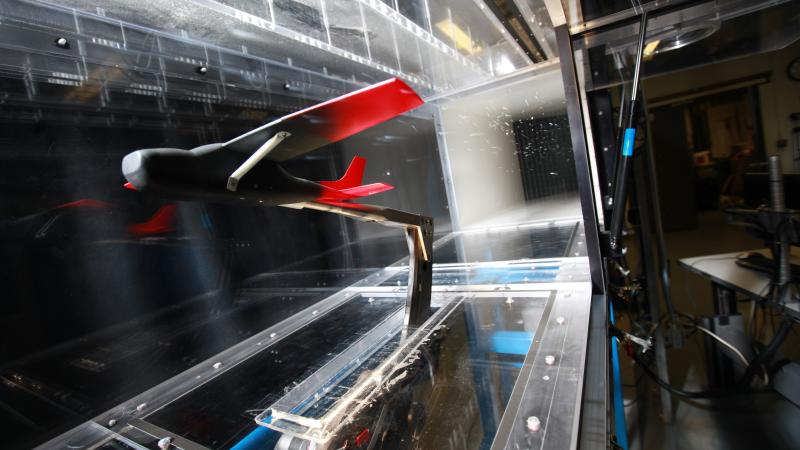Research grant supports study of air flow with complex geometry planes
May 7, 2021

The way that air moves over, around, or under an aircraft can greatly affect its aerodynamics. When air flow separates from the wings of a plane, for instance, the change in pressure on the vehicle can reduce pilot control or cause the aircraft to stall out. The development of more effective air flow control techniques depends on a better understanding of flow separation that occurs around aircraft of different shapes and sizes.
With the support of a three-year, $1.1 million contract from the Air Force Office of Scientific Research, engineers from Rensselaer Polytechnic Institute will study flow separation on existing planes with complex three-dimensional geometries — like the jets the Air Force currently uses — and what can be improved for aircraft of the future. Through improved aerodynamics, researchers aim to increase the efficiency, range, and even the stealth of aircraft. The Rensselaer team will be joined by researchers from the University of California Los Angeles and the University of Liverpool.
“One goal is to make the vehicle more efficient,” said Miki Amitay, an expert in flow control techniques and the director of the Center for Flow Physics and Control (CeFPaC) at Rensselaer. “If you improve the aerodynamics, you can increase the range or the endurance. You can keep them in the air longer, or they can travel farther distances.”
Building upon their previous work in this area, Amitay and his team will use numerical methodologies and CeFPaC’s state-of-the-art wind tunnels to model and visualize air flow around complex wing configurations. Using what they learn, researchers will then test the effects of active flow techniques, such as the use of flow control actuators, to reduce flow separation.
The flow control actuators that Amitay has designed and implemented on other vehicles use small puffs of air to manipulate air flow. In addition to improving efficiency, this active flow control technique can also aid in maneuvering a vehicle by deflecting the flow without having to move physical components. This subtler approach, Amitay said, could make airplanes lighter, less complex, and even prevent a plane from being detected by radar.
“If we can do that with active techniques, then nothing is moving, but the vehicle can still turn,” Amitay said. “If you do that, then you reduce the signature, which means you can make the aircraft stealthier.”